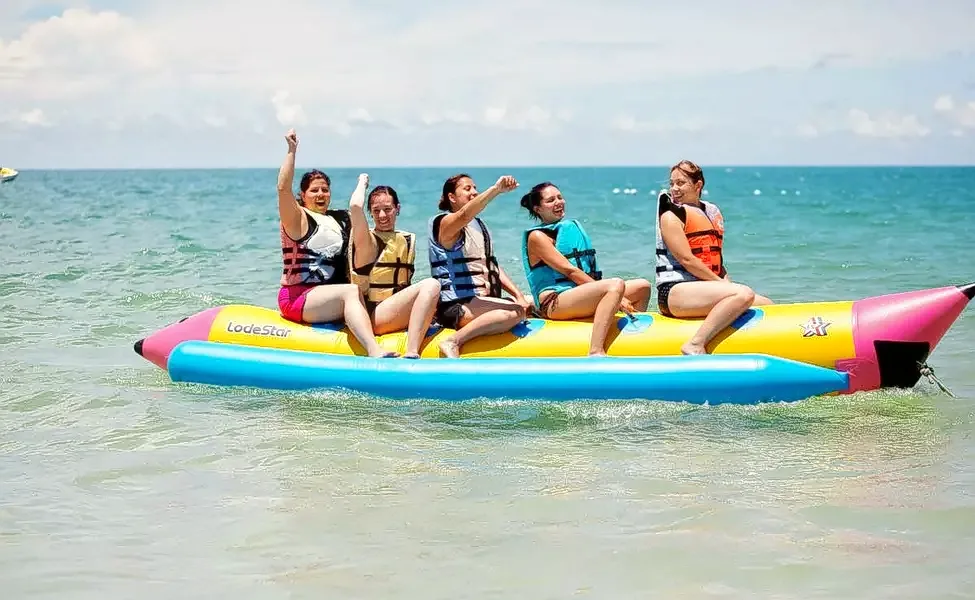Seaside sports, such as surfing, beach volleyball, and sailing, have gained immense popularity in recent years, becoming more than just recreational activities. These sports have had a profound impact on society, not only in terms of physical health and well-being but also in fostering social connections, promoting environmental awareness, and boosting local economies. This article explores the various ways in which seaside sports contribute to society.
Physical Health and Well-being:
Engaging in seaside sports provides numerous physical health benefits. Activities like swimming, surfing, and beach volleyball offer excellent cardiovascular workouts, improving overall fitness levels and promoting weight management. Additionally, the natural elements, including the sun, sand, and saltwater, have therapeutic effects on mental health, reducing stress levels and enhancing relaxation. These sports also offer opportunities for people of all ages and fitness levels to engage in regular physical activity, promoting a healthier and more active lifestyle.
Social Connections:
Seaside sports create a sense of community and camaraderie among participants. Beaches and coastal areas serve as gathering places where individuals can come together to share their passion for a particular Seaside Sports. Surfing, for example, has a vibrant culture that encourages social interactions and the formation of tight-knit communities. People bond over their shared experiences, challenges, and triumphs, fostering friendships and social connections that extend beyond the shoreline. Seaside sports thus serve as catalysts for building social networks and promoting a sense of belonging.

Environmental Awareness:
Seaside sports have played a significant role in raising environmental awareness and promoting conservation efforts. As individuals spend more time in coastal environments, they become more attuned to the fragility of these ecosystems. Surfers, sailors, and beachgoers witness firsthand the impact of pollution, coastal erosion, and climate change on the natural surroundings they cherish. Consequently, many enthusiasts have become advocates for environmental protection, engaging in beach clean-ups, supporting marine conservation organizations, and promoting sustainable practices both on and off the water. Seaside sports, therefore, act as vehicles for environmental education and inspire a sense of responsibility towards preserving our coastal ecosystems.
Economic Impact:
The popularity of seaside sports has a positive economic impact on coastal communities. These sports attract tourists and visitors, contributing to the local economy through increased spending on accommodations, dining, equipment rentals, and other related services. The presence of surf schools, sailing clubs, and beachside facilities creates employment opportunities and stimulates entrepreneurship within these communities. Furthermore, events and competitions held in coastal areas draw large crowds and generate significant revenue from spectatorship, sponsorships, and media coverage. The economic benefits generated by seaside sports can contribute to the overall growth and development of these regions.
Conclusion:
Seaside sports have a multifaceted impact on society, extending beyond mere recreation. They promote physical health and well-being, foster social connections and a sense of community, raise environmental awareness, and contribute to the economic prosperity of coastal communities. As more people recognize the transformative power of these activities, it becomes crucial to ensure sustainable practices and responsible engagement to preserve and protect our precious coastal ecosystems. Seaside sports have the potential to inspire individuals, influence communities, and create positive change in society at large.